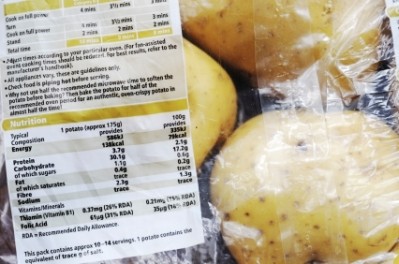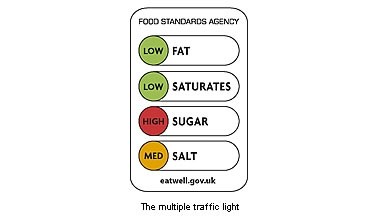Traffic light labelling debate heats up in Australia

Consumer rights group CHOICE has said that it supports the Australian Independent Food Labelling Review Panel's recommendation that traffic light labelling be introduced on grocery products.
“Research has shown the system is easily understood by consumers, including those most at risk of diet related diseases. Traffic light labelling allows consumers to make healthier food choices at a glance,” said Ingrid Just, a spokesperson for CHOICE.
According to Just, in the absence of a nutrient profiling standard for health claims – and as more and more products carry nutritional claims – traffic light labelling will help to lessen labelling confusion for consumers.
“A 2009 study of 790 consumers shows that in comparison to other front of pack labelling systems, consumers were five times more likely to choose healthier products and were able to do so more quickly,” said Just.
Just said that the current system, Daily Intake Guide (DIG) front-of-pack food labels, requires consumers to undertake multiple calculations for each product purchased. She also said that DIG is based on an adult male's daily intake so any consumer who isn't an adult male must make further complicated and time consuming calculations to make use of the information.
“This is simply not a realistic option for shoppers. Traffic light labels provide consumers information about products at a glance, without calculations, without high level education,” she said.
AFGC contends DIG is working
However, the Australian Food and Grocery Council (AFGC) has said that it is firmly behind the DIG system.
According to an AFGC statement, the council believes that DIG labels offer an easy-to-follow tool providing information to formulate a daily eating plan.
The system uses thumbnails to outline the amount of energy, fat, saturated fat, sugar and salt in a standard portion of the food and how that translates to average daily intake.
AFGC chief executive Kate Carnell said in the statement that contrary to criticism that DIG is difficult to understand, it has been encouraging to see that a considerable number of consumers are using the labelling system when choosing foods and drinks and find them easy to understand.
Carnell was referring to a survey undertaken by Newspoll on behalf of AFGC to identify the level of consumer understanding and use of the DIG, as well as gauging this as a trigger for purchasing action.
The online nationally representative survey of 1,222 adults, conducted in August, found that almost 78 per cent of Australians are familiar with DIG labels, while nearly 64 per cent think DIG is easy to read and understand.
The survey also found that 55 per cent of Australians believe the DIG provides useful nutritional information and 39 per cent use the front-of-pack thumbnails to help decide whether to buy a product.
Carnell said that the survey supports the AFGC's stand that there was no evidence to warrant changing Australia’s front-of-pack food labelling system.
She added that there is no reason to change to traffic light labels when the current system already works, especially at a time when industry is under immense pressure from challenges across the supply chain.












